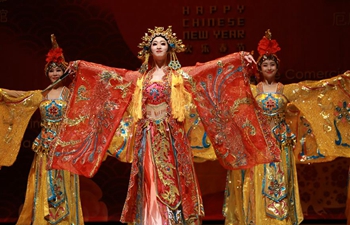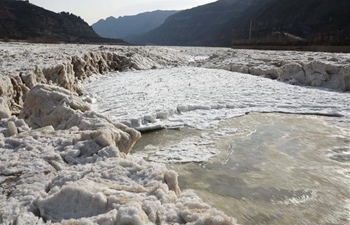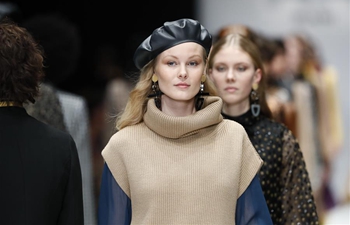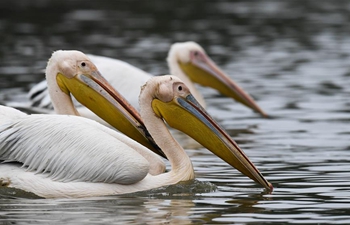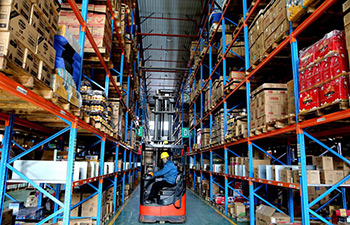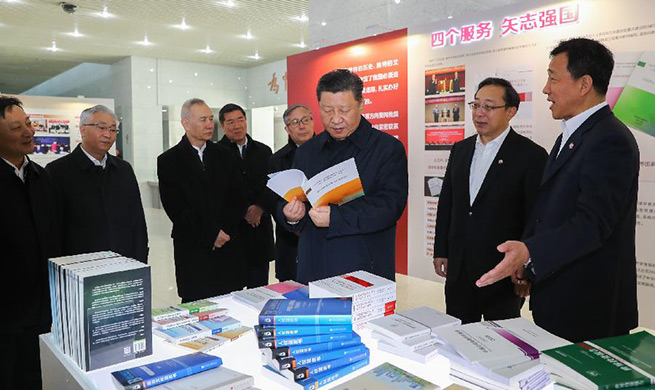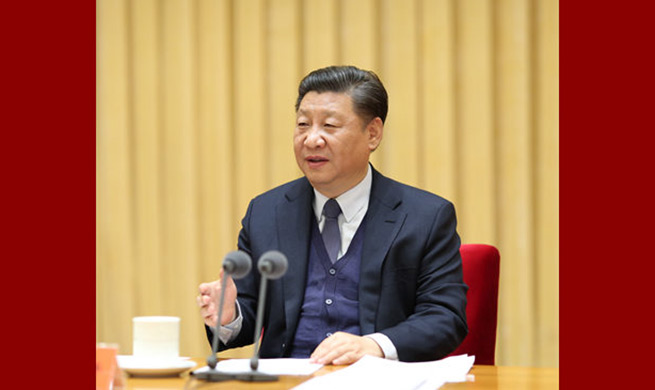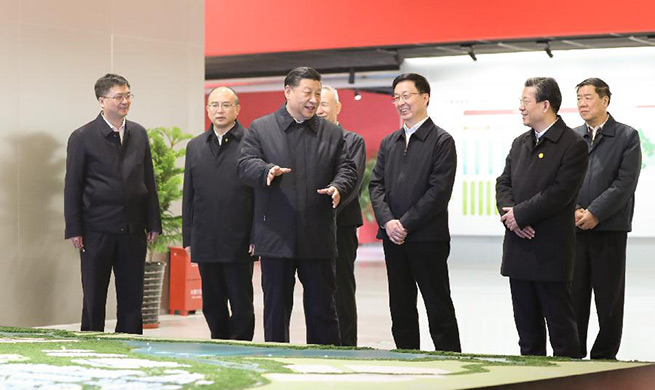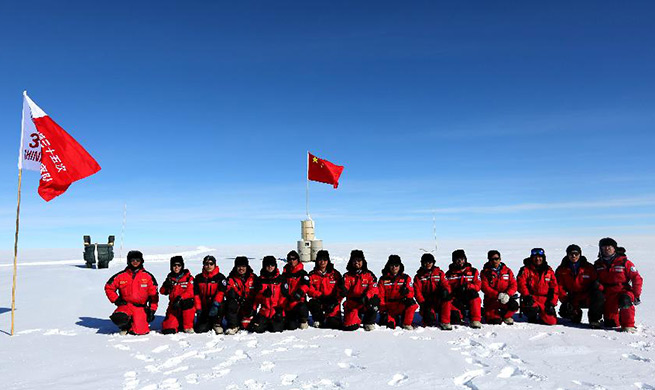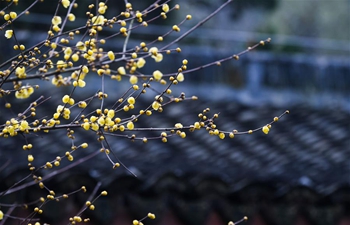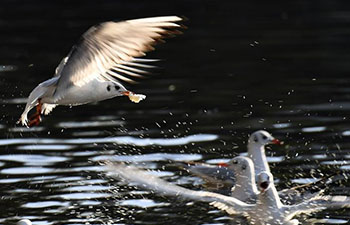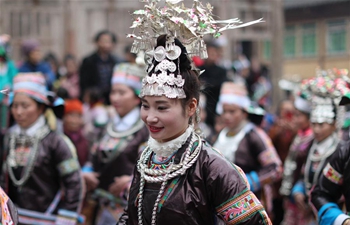by Peter Mertz
DENVER, the United States, Jan. 16 (Xinhua) -- America's annual, top country and western show ended Wednesday with somber faces and cloudy skies in Denver - not because the event was leaving a historic 1908 venue - but because a young professional bull-rider was killed.
In a freak accident, a 25-year-old bull-riding superstar from Missouri had his chest cavity crushed by the hind-legs of a 1,700-pound bull. The blow damaged his heart. He died two hours later in a nearby hospital.
The Professional Bull Riding (PBR) and Western Stock Show world was rocked by the tragedy - that stopped a celebration expected Wednesday to honor the rodeo's biggest stars - the bull riders - and the last act at its 113-year-old location.
The 113th renowned, rural cultural event, that attracts around 650,000 people each year, is moving into a state of the art facility in 2020.
Kevin Ray was watching the final, marquee event - the denouement at all western rodeo shows - the PBR, where young, fearless men strap one hand to the collar of a raging bull and see who can stay atop the bucking beast the longest.
"I saw him get bucked off - and saw the bull step on him - you could not really tell whether it was his chest or his head," Ray told NBC News, noting that Lowe was wearing a protective helmet and chest padding, but it was not enough.
"(Lowe) got up, walked but eventually collapsed, got up again and stumbled over to the edge...then went down completely and laid there motionless for a while," Ray said.
Western show officials said in a statement it was the first such death in their show's history, although a number of young men have died in the past decade from the sport at other rodeos.
PBR released a statement saying, "the entire PBR and national Western sports family extends our heartfelt condolences and deepest sympathies to Mason's wife Abby and his family. "
The death brought a devastating finish to a five-day event that broke attendance records its first 48 hours, but after Lowe's death saw sales slip.
The bull, named Hard Times, will continue to perform against other bull riders in the future, officials said, not blaming Lowe's death on the animal.
A tribute to Lowe Wednesday night teared "every eye in the house," as a somber crowd mourned a "wonderful young man" and "fearless competitor."
"I pray for his family. It's painful to lose someone like this. My uncle was killed by a bronco in 2010 in Decatur," said Yellow Rose from Texas on YouTube.
It was also an unexpected downturn to a traditionally upbeat family event, that showcases American heritage and includes professional rodeos, barbecues, fiddle competitions, Xtreme Dogs shows, Wild West shows, and world-class horse shows.
This past Saturday had 837 more guests than the year before, setting a new opening Saturday record of 53,806. The previous opening day record in 2018 was 52,969 guests.
"These are the best sixteen days in January, and we are delighted so many people came out to celebrate Colorado's Western tradition with us this weekend," said Paul Andrews, National Western Stock Show President and CEO.
LIVING HISTORY
Denver was called a "cow town" throughout much of its early history, an insult coming from the sophisticated east coast cities of New York, Boston, Philadelphia, and Washington, DC.
But Coloradans embody America's rural, rugged-individualistic, independent, so-called Wild West.
Here, gold and settlers brought adventurous westerners through Native American strongholds and settled in the states of Arizona, Colorado, Utah, Nevada, New Mexico and California.
This migration occurred 1870-1890, after the Civil War (1861-65). The West was settled almost 100 years after East Coast cities such as Georgetown and Alexandria were booming, in the late 18th century.
But the Wild West had all the beef. In 1906, the grand champion steer at the National Western Show sold for 33 cents per pound. In 2019, the top steer sold for 140,000 U.S.dollars, roughly 104 U.S. dollars per pound.
In 1906 to 1907 the show was held under a huge tent, but in 1908 the National Amphitheater and Livestock Pavilion, today known as the Arena, was built in eight months and completed in time for the show on January 18, 1909.
The building was a massive structure for the time, measuring 250 by 350 feet and seating 6,000. The cost was 200,000 U.S. dollars.
This year's National Western Stock Show is the "Year of the Yards," because after more than five decades north of downtown Denver, the yards will be moved next year to a new spot to the north.
The yards will fill a massive 526,000-square-foot (48,867 square meters) equestrian center, one of eight buildings expected to rise on the National Western Center grounds by 2023, creating a "year-round" venue for America's western loving audience.
Paul Andrews, the National Western Stock Show's president and CEO, points out their future Denver home also is historically part of cattle country.
